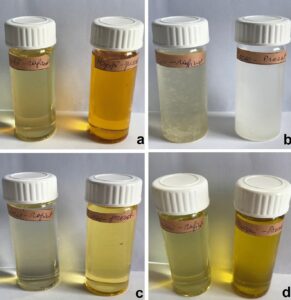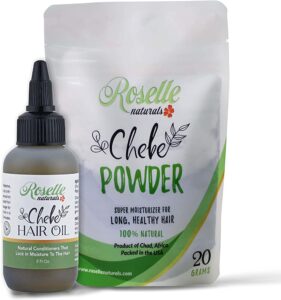Overview of Essential Oils
Essential oils are natural products extracted from plants that are used widely in aromatherapy and other therapeutic uses. They are most commonly distilled from plant leaves, stems, flowers, bark, roots, or peels. Essential oils usually contain a mix of volatile compounds like hydrocarbons, ketones, aldehydes, and others that are responsible for their aromatic characteristics.
How Are Essential Oils Made?
Essential oils are produced through several methods. The most common involve steam distillation, solvent extraction and cold pressing:
- Steam Distillation – Here, steam is passed over the plant material and the resulting vapors collect the essential oils. This method is most commonly used to extract oils from plants with stronger aromas.
- Solvent Extraction – This involves mixing the plant material with a solvent. The essential oils are extracted through a chemical process, and can be used to extract oils from plants that have more delicate aromas.
- Cold Pressing – This traditional method involves squeezing the pressed oils from the plant material, usually from citrus fruits. This method allows for maximum retention of the oil’s flavor and aroma.
Essential oils must then be packaged and labeled with the common and Latin name of the plant, where it was sourced, and any other important information about the product.
Once made, essential oils offer many benefits such as relief from stress, anxiety, pain, allergies, skin problems, and more. Essential oils can also be a great addition to massage, add fragrance to bath and body products, and can even improve air quality in a room.








